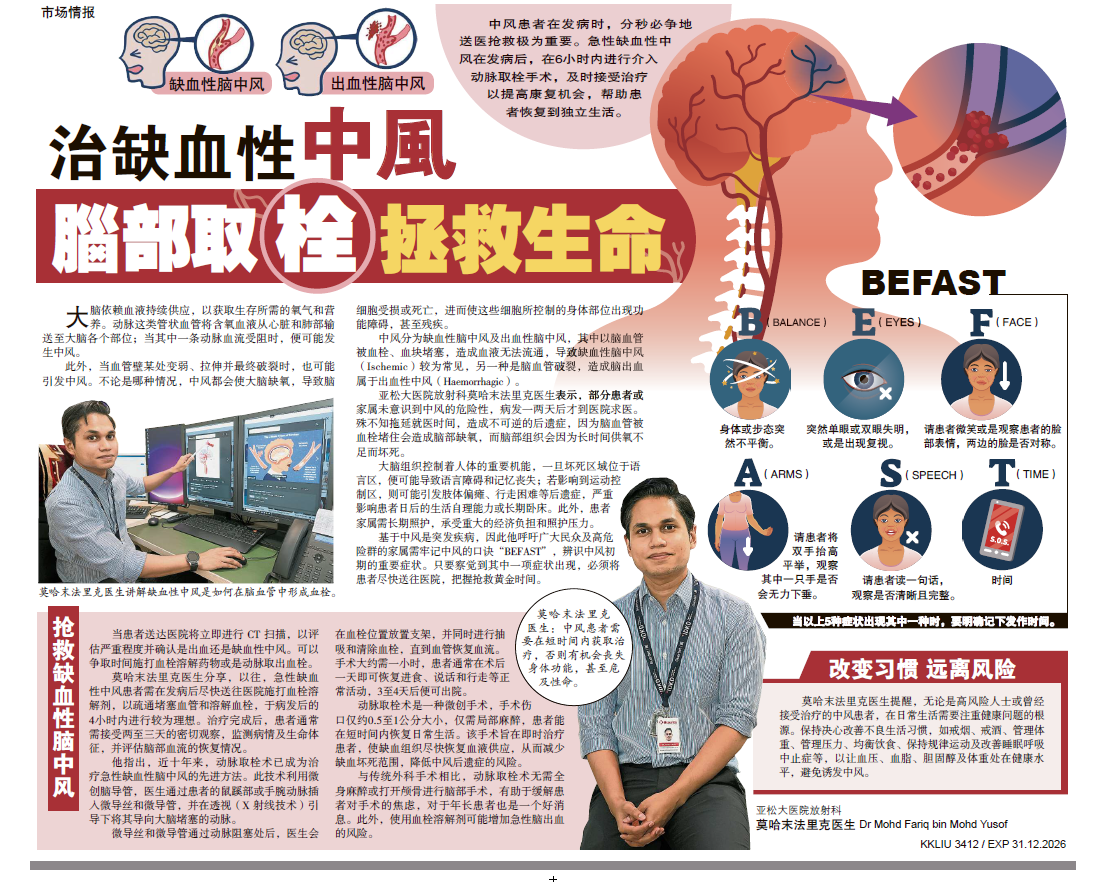In 2010, the Malaysian government became one of the first developing countries around the world to introduce the cervical cancer vaccine into the national immunisation programme, providing 13 year old school girls with 3 doses at no cost. This was due to results coming out of Australia where the immunisation programme had already been well established. While the end point to the vaccination was indeed the reduction in the rates of cervical cancer, Australia Health used the incidence of premalignant HPV incidences as a proxy. The fact that, the Human Papilloma Virus was indeed a necessary causative factor in 99.7% of all confirmed cancers was no longer disputable was the impetus to establish good coverage with the vaccine. Australia further improved its coverage by including the vaccination of adolescent boys as well a few years later. Following this experience, many countries that undertook state sponsored health programmes followed suite.
The initial vaccines made available, were the quadrivalent vaccines covering subtypes 6, 11, 16 and 18 as well as the bivalent vaccine covering 16 and 18. We recognized that HPV subtypes 16 and 18 were found to cause 70% of all cervical cancers and subtypes 6 and 11 were commonly causing genital warts and served as an expectable replacement when assessing the benefits as well as efficacy of the vaccination. More elaborate assessments were made in the FUTURE 1 and FUTURE 2 follow up results. These showed an incredibly successful vaccine which went beyond the expected 70% coverage against cervical cancer with definite cross protection against other subtypes of HPV which are thought to cause cervical disease. As a Gynaecological oncologist, we are now seeing less cases of cervical cancer not only due to vaccinations but also due to more screening tests being done.
SUCCESS OF NATIONAL VACCINATION PROGRAMME
The success of the national vaccination programme is further elaborated by the fact that WHO has recognized Malaysia’s success in covering in excess of 90% of the targeted girls at risk. This alone is an achievement to be proud of behind when we look at the catch –up programme targeting girls above the age of 13 who were not part of the cohort who received the free immunisation.
These are the target group that are at risk of still suffering from a disease that has been targeted to be eradicated. The take up of the vaccine at the patient’s own initiative has not been as encouraging as once hoped. The lack of educational programmes as well as at times the fear of immunisation play a big role in this failure. Evidence of adverse immunisation events also increase the failure of access to the vaccination. WHO Global vaccine division have clearly released clinical reports as well as guidelines which vouch to the safety of these vaccines.
Over the years, further reviews of information obtained in the years following the initiation of vaccination have resulted in the change in administration protocols where immunity status of the cohorts vaccinated have not varied when comparing those who have received 2 or 3 doses. There have been reviews into implementing a 2 dose regime as opposed to the 3 dose regime and while this has been approved in certain countries, it has not yet translated into changes from the 3 dose regime in Malaysia. Besides this, the emergence of new subtypes which are becoming more important have also resulted in further evolvement of the vaccine.
On January 15th 2017, a nine valent vaccine was introduced in Malaysia. It now includes subtypes 31, 33, 45, 52 and 58 which increases the coverage to 90% of HPV causing cervical cancer. Subtypes 52 and 58 are significant as they are sometimes are more prevalent in the oriental coast of Asia which includes China, Korea, Japan and down to South East Asia. The issue of “immunobridging” was also viewed seriously and indeed has been addressed by the manufactures. There is comparable coverage of the four previous subtypes as well as high as 100% coverage for the new 5 subtypes. Complication rates have proved to be minimal and the benefits to males have also been significant. There is no contraindication to receiving this vaccine even if a person has completed 3 doses of the previous vaccine. The recommendation is for an interval of 1 year between the two courses. The release of this new 9 valent vaccine is appropriately timed during the cervical cancer awareness month and further illustrates the steps taken to protect the population against a perfectly preventable disease.
We cannot however be more clear in saying that this does in no way take away the importance of cervical cellular screening. A combination of both currently offers the best protection against cervical cancer. The use of HPV status is being evaluated as a surrogate and may be the next step in the evolving fight against cervical cancer.











